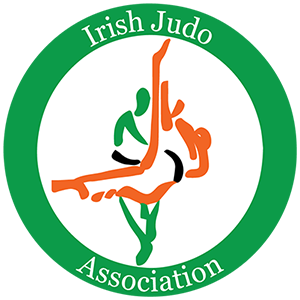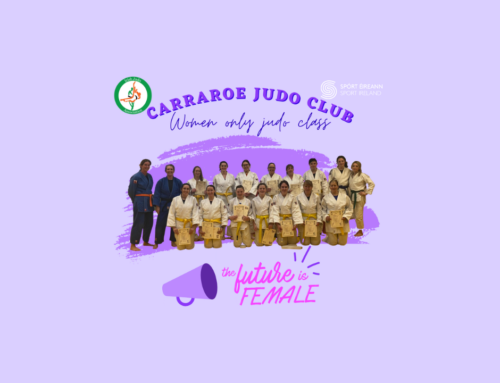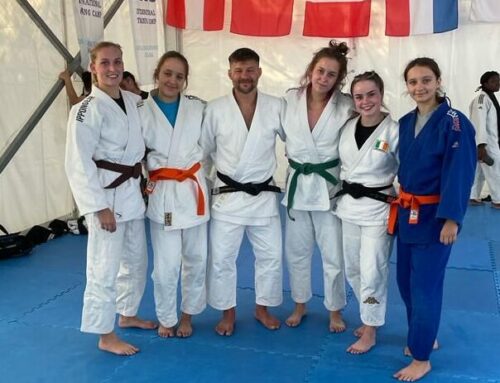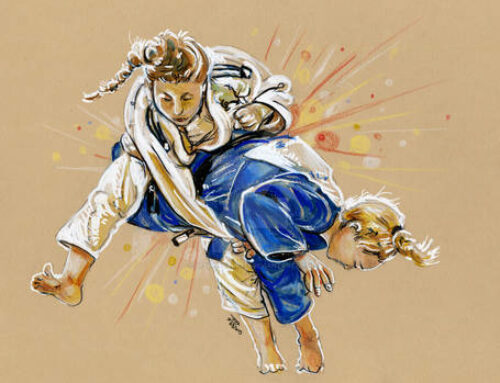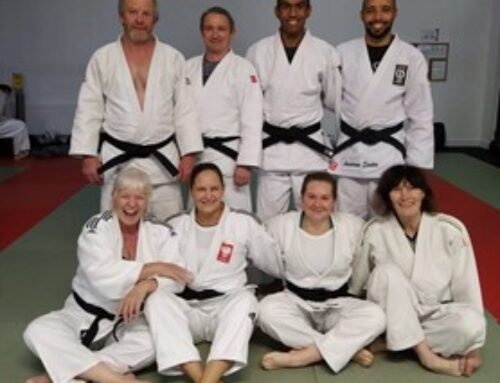Balance is Better has been developed by Sport NZ and its partners to support those involved in delivery of youth sport. Their motto is that Balance is Better – that young people who have fun, play a range of sports and focus on skills development are more likely to reach their full potential.
If you want to view these emails and articles please register with the email below. There is continuous, valuable content there on coaching. The ideas can easily be applied to judo.
balanceisbetter.org.nz
A serious look at fun: What does ‘fun’ in youth sport really mean?
Hamish Rogers Consultant at Sport New Zealand
Research in New Zealand and around the world shows that young people play sport to have fun. But when it comes to knowing what fun is, what it looks like, how it might differ from person to person – do we actually know what it means? Fun can be interpreted in many ways. One child’s concept of fun may differ from another. Just as parents and coaches may find that what they think is fun differs from their children or athletes. In this article, we will explore the concept of fun, discuss how it applies to youth sport, and provide some tips for parents and coaches to check that their and their children’s and athletes’ understanding of fun is on the same page.
What is Fun?
The definition of fun can be quite elusive. Merriam-Webster defines it as “enjoyment and pleasure,” but this doesn’t seem to do justice to the concept. Amanda Visek, a researcher at George Washington University has attempted to define fun more specifically in her Fun Integration Theory. According to Visek, fun is an “emotion that is elicited when a person engages in challenging and enjoyable activities.” Fun is not just about amusement or being entertained. It’s about feeling happy and satisfied while participating in an activity – whatever that activity may be. This is an important point, as fun in youth sport has been historically unclear.
“At present, fun remains a relatively elusive concept. Limited efforts have been made to characterize and quantify fun in youth sport and there is no consensus of its meaning in the literature. For instance, relatively few studies have attempted to identify specific factors that comprise fun in youth sports.” – Amanda Visek et al (2015).
Often when adults talk about sport needing to be fun, or more fun, the conversations can sometimes become trivialized because ‘fun’ is thought to be akin to goofing off or being non-serious.
The context of sport also changes how adults think about fun, and whether it is important. Most people will agree that social or recreational sport should be fun, but what about competitive or high-performance sport? Evidence shows that fun is important throughout the sport spectrum, yet as the context of sport gets more competitive, especially for young people, adult behaviours and conversations tend to signal that fun no longer being as important.
What’s more, while the word ‘fun’ is thrown around a lot by adults in the youth sports space, very often in these same conversations, it’s not clearly defined what this ‘fun’ looks like.
So what does fun in youth sport actually look like?
The Fun Integration Theory
In 2015, Amanda Visek and her colleagues at George Washington University published a paper introducing the fun integration theory. In this paper, they outlined FUN MAPS, conceptual maps that contained 81 fun-determinants, which could be further categorised into 11 fun-factors.
The 11 fun-factors are:
• Being a good sport (sportsmanship)
• Positive coaching
• Trying hard
• Team friendships
• Team rituals
• Game time support
• Swag (material novelties like kit, medals, travel)
• Games
• Practices
• Learning and improving
• Mental bonuses
Importantly, “being a good sport”, “positive coaching” and “trying hard” were shown to be the three most important factors compared to all others. Visek, talks about these three factors being key to the Youth Sport Ethos for “maximising fun experience in practices and games”.
Do parents, coaches, and young people think about fun in the same way?
A follow-up study by Visek et al, published in 2018, examined parents’ and coaches’ perceived importance of the factors and determinants of fun (i.e. what components were most important for making something fun). These results were compared to athletes’ perceived importance of the factors and determinants of fun.
The study showed that there were similarities in how coaches and parents perceived what was important for making sport fun. However, this was less so when compared to coaches and athletes (and in particular adolescent athletes), where there were more disparities between the two groups in how they perceived what was important for making sport fun.
What does this mean for parents and coaches?
As parents and coaches, we need to be aware of how our own perceptions of fun, and how these may differ from those of young people. Outlined below, are some useful tips for parents and coaches to apply this thinking into their own practice:
- Review the FUN MAP and consider what factors and determinants align most with your child or athletes’ motivations for playing sport.
- Ask your child or athletes what they find fun, find out if some things are more important than others. For coaches, you might want to do this with your athletes at the start of each season. And consider doing this with individuals first and then as a group. It’s good to understand individual differences but also where there are similarities in a team. Parents, sometimes you might begin this conversation by asking your child “why do they play sport?”
- Consider, what things you do that already support the different fun-factors and fun-determinants, especially the ones that your children or athletes find most important. Are there any things within your control that you could change or introduce that would help support some of the fun-factors?
- ‘Being a good sport’, ‘Trying hard’, and ‘Positve coaching’ has been shown to be the most important fun-factors. When it comes to fun in youth sport, these are a good place to start. How do you as a parent or coach support these?
Thinking about fun as good athlete development
Another way to think about fun in youth sport, is about supporting an environment that will provide great athlete development. Visek talks about this looking like the following:
Physical
- Getting playing time and competing
- Being active and working hard
- Getting time on task (e.g. touches not the ball)
Verbal
- Positive feedback & encouragement
- Clear communication and guided learning (rather than explicit direction)
- Officials that make consistent calls
Emotional
- Active listening
- Creating psychological-emotional safety around learning (e.g. is it safe to try and fail)
- Building player confidence
Social
- Facilitating a supportive environment
- Team rituals, such as high-fiving, fist-bumping, hugging, cheering
- Doing things outside of competition and training as a group or team
Environmental
- Well organised practices; practices that are age and stage appropriate; practices that use games
- Good facility conditions
- Competing against evenly matched opposition
In summary
Fun is not just one thing, it’s made up of many different factors and determinants. Fun is complex and multi-dimensional, but this complexity can be broken down into smaller parts to help parents and coaches make sense of how they might support young people in their sport experiences. It’s important as adults that we don’t trivialise fun as just goofing off and recognise that fun is important in all contexts of sport, no matter how competitive.
When it comes to supporting young people to have fun in sport, being a good sport, trying hard, and positive coaching are great places to start. If you’re thinking about how to support good athlete development, you will also be likely supporting young people to have fun.
Further reading
- Parents – time to talk about your children’s why
- What a great All Black can teach as about fun
- How to coach with a Balance is Better philosophy?
References
- Toward Understanding Youth Athletes’ Fun Priorities: An Investigation of Sex, Age, and Levels of Play – Visek et al. (2020)
- Perceived importance of the fun integration theory’s factors and determinants: A comparison among players, parents, and coaches – Visek et al. (2018)
- The fun integration theory: toward sustaining children and adolescents sport participation – Visek et al. (2015)
Image Source: Canva
